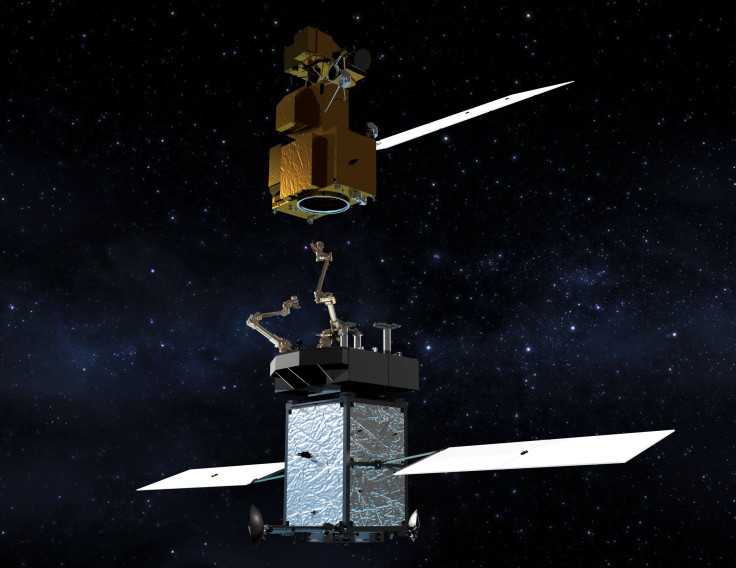NASA’s Restore-L Mission: In-Orbit Satellite Refueling Mission Contract Awarded To California-Based Space Systems/Loral

NASA has taken a major step toward executing its ambitious plan to create and launch a robotic spacecraft capable of refueling and servicing satellites in orbit. On Tuesday, the space agency announced that it had awarded a $127 million contract to the Palo Alto, California-based satellite company Space Systems/Loral (SSL) for the mission, dubbed Restore-L.
Under the Restore-L Spacecraft Bus and Support Services contract, SSL would have three years to build the robotic spacecraft.
“Space Systems/Loral will provide spacecraft bus, critical hardware and services for the development, deployment and operations of the Restore-L mission,” NASA said in a statement. “They also will provide related services to accomplish mission integration, test, launch and operations.”
Earlier this year, NASA said it would launch Restore-L in 2020, when it would aim to refuel Landsat 7 — a satellite that has been in orbit for over 17 years now.
Currently, satellites are launched with a finite amount of fuel, and thus their life spans are restricted. However, if NASA succeeds in creating a robotic probe that can rendezvous with and refuel a satellite in orbit, it would pave the path for missions that last much longer than their original duration.
“With robotic servicing on the table, satellite owners can extend the lifespan of satellites that are running low on fuel, reaping additional years of service – and revenue – from their initial investment,” Benjamin Reed, deputy project manager for NASA’s Satellite Servicing Capabilities Office (SSCO), said in a statement in June. “If a solar array or a communications antenna fails to deploy, a servicer with inspection cameras and the right repair tools could help recover the asset that otherwise would have been lost.”
In addition to extending the life span of satellites already in orbit, the Restore-L mission has the potential to make launches more cost-effective and efficient. Satellites in the future may be launched with their fuel tanks half full, only to be refueled while in orbit, thereby clearing space on board for more mission-specific instruments.
“Restore-L effectively breaks the paradigm of one-and-done spacecraft,” Frank Cepollina, the associate director of NASA’s SSCO, said earlier this year. “It introduces new ways to robotically manage, upgrade and prolong the lifespans of our costly orbiting national assets. By doing so, Restore-L opens up expanded options for more resilient, efficient and cost-effective operations in space.”
© Copyright IBTimes 2024. All rights reserved.












